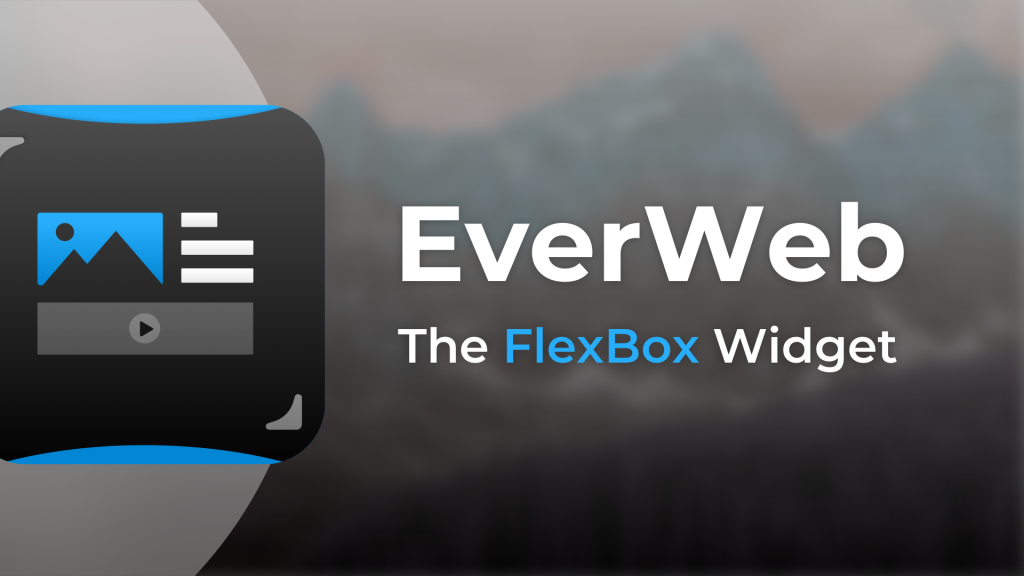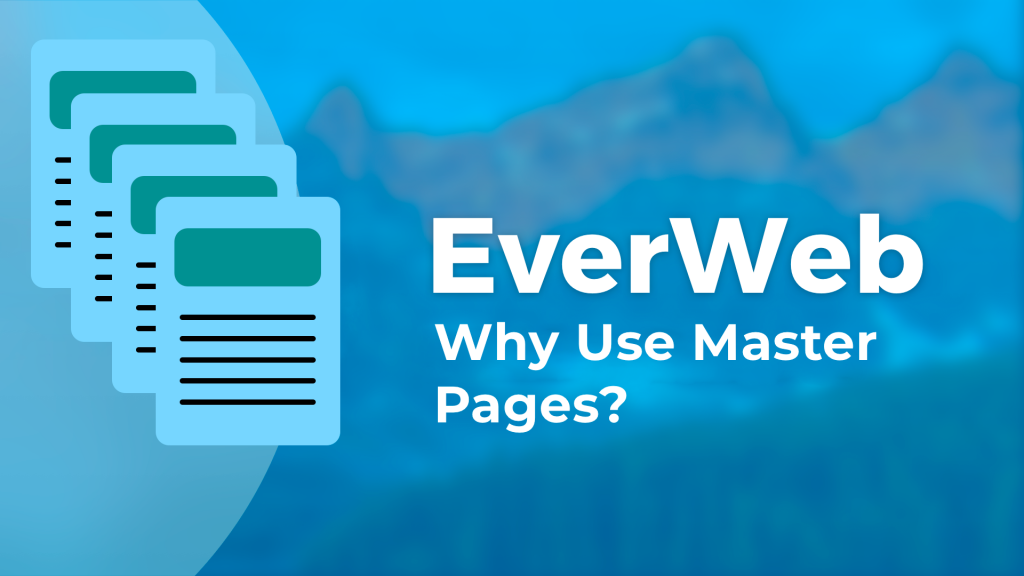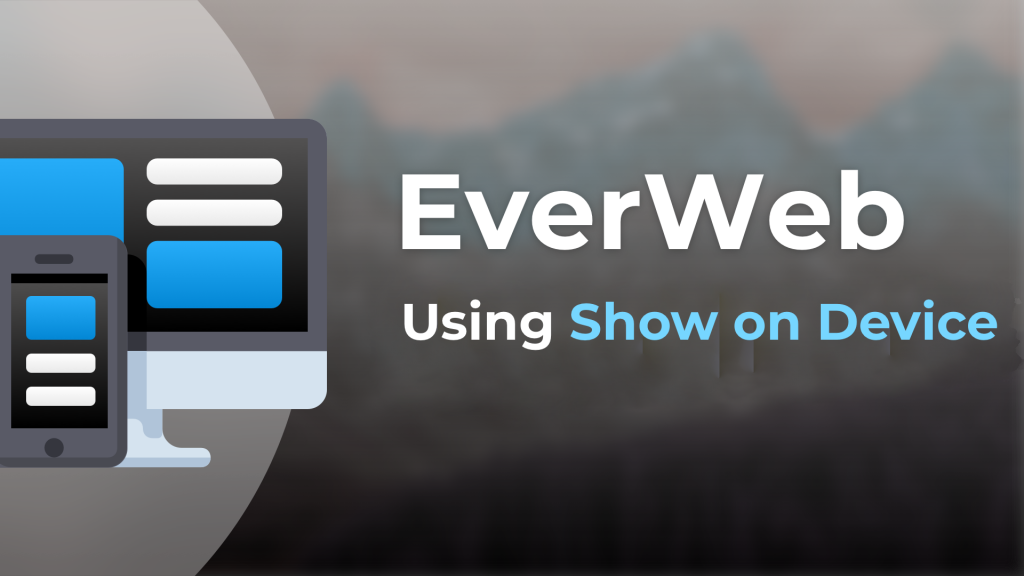EverWeb’s Text Section or FlexBox Widget: Which Should I Use?
August 29th, 2019The introduction of responsive design to EverWeb in version 2.8 resulted in the creation of four new widgets to take full advantage of the new scaleable page layout. Many of EverWeb’s existing widgets and features were also updated at the same time to make building responsive pages easy and simple.
The introduction of the FlexBox, Responsive Row, Responsive Image Gallery and Text Section widgets was specifically designed to help you create great looking responsive pages without having to have an in-depth knowledge of responsive design itself.
At first glance, the FlexBox and Text Section widgets may appear to be quite similar to each other. Both widgets allow you to add images, both include the Styled Text Editor for text entry, both allow you to add a button. Beyond these basic functions, the two widgets diverge in to quite specific uses. When building a page, the choice of widget to use will come down to which one best meets your needs. Here is a guide as to which widget is best to use under which circumstances…
When Best To Use the Text Section Widget
The Text Section widget is perfect for when you want to focus on a idea using a single Cover image to do so. This is easy to do. Add the image you want in to the widget. In the ‘Image Fill & Size Settings section, tick the box to activate ‘Use Custom Image Dimensions’ then for maximum impact set the ‘Width’ of the image to 100% and the ‘Height’ to ‘auto. In this way the image will keep its proportions and will automatically scale to fit all device sizes. Add the text that you want in to the Styled Text Editor and you are good to go!
The Text Section widget is also great for creating a ‘Call To Action’ (CTA). A CTA can be a hyperlink or a button and this is where the widget excels. You can create multiple buttons and style them with the just the fonts and colors that you want. If you have more than one button, you can stack them vertically instead of horizontally.
Having the ability to create styled buttons of your choosing also means that the widget can be used even as a form of navigation to different pages in your website as well as being used as a Call To Action.
The Text Section widget allows you to select whichever combination of image, text and buttons that you want.
When Best To Use The FlexBox Widget
If the Text Section widget is the perfect for focusing on one image or idea, then the FlexBox widget is perfect for replicating an idea as many times as you need to by duplicating the Embedded Objects that you create. An embedded object is based either on text, image or video which the Text Section does not include.
In contrast to the Text Section widget, the FlexBox widget allows you to add a hyperlink to an image and set options for what your visitor sees when they hover over the image e.g. you can overlay styled text using one of the five available overlay options.you to add video in the widget.
FlexBox only allows you to add one button for each embedded object that you create whilst the Text Section allows you to create as many buttons as you want. In respect of the FlexBox widget this usually is fine as the purpose of the widget is to allow for replication of an idea or theme.
FlexBox is perfect e.g. if you you want to create short bios of personnel in your company. Create an embedded object with an Object Type of image. For the image you would use a picture of the person whose bio you are creating. Next, add some text about the person and finally add a button to link to a page with more info about the person. Once you have created and styled the Embedded Object, hit the ‘Duplicate’ button and just change the photo and text for the next person’s bio. Finally change the link if needed. Duplicating the Embedded Object helps you save time and effort as you do not need to alter the formatting of the Embedded Object at all, just its contents!
Once you have set up your Embedded Objects you can use the FlexBox’s Wrap options and Control Alignment options to finish off your design. The choice of options open to you really make the FlexBox widget be a true ‘jack of all trades’.
The Choice Is Yours!
Generally if you want to showcase one image or idea the Text Section widget is the one to use. The same is true if you want to use or include more than one button. If you need to replicate a particular format or need to incorporate video, then the FlexBox widget is the one to try first. Ultimately the choice of widget to use is yours and you may still find that you have to try each before settling on the widget that fits your need perfectly. If you are undecided, it is usually best to try the FlexBox widget first.
New Widget Enhancements Coming in EverWeb 3.0!
The new EverWeb 3.0 that is soon to be released will include a maximum content width field for both widgets. The Styled Text Editor has also been updated with a new Remove Text Formatting option and the ability to make the editor window larger for easier text entry. Additionally, the FlexBox widget will include a top and bottom margin fields to the widget.
EverWeb on Social Media
You can also find EverWeb on the following social media platforms:
Twitter handle @ragesw



